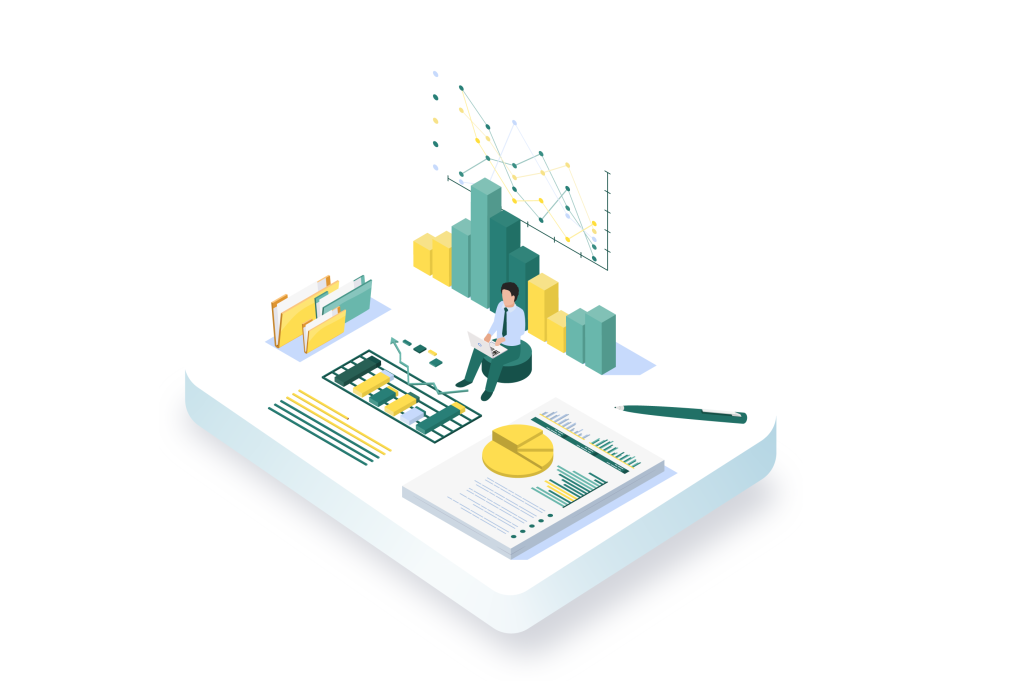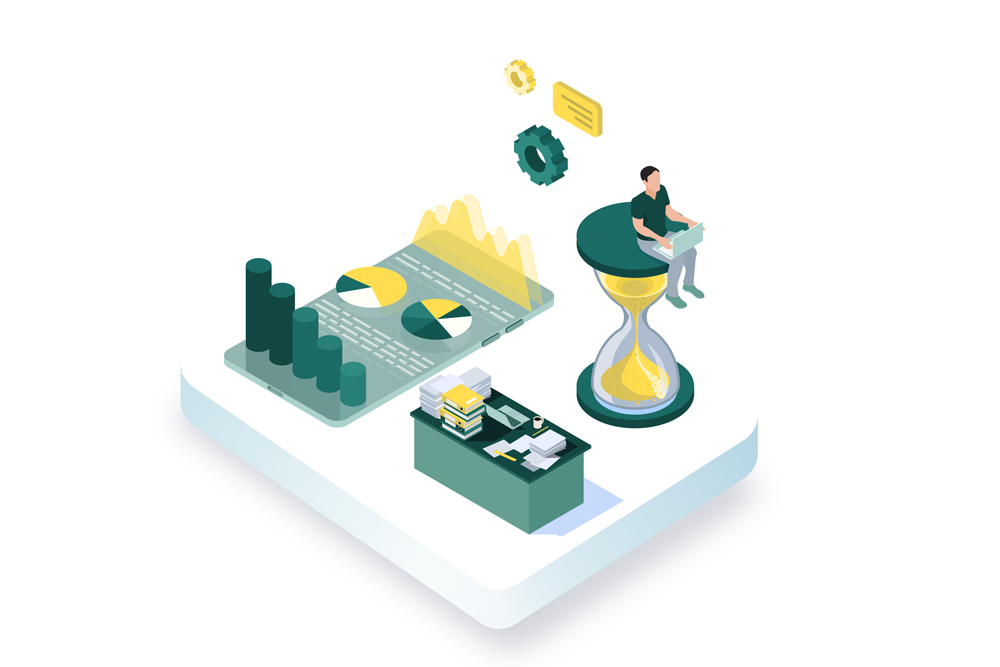
Do you ever wish your key numbers were easier to track? NetSuite dashboards can help with that. These dashboards show everything from sales to cash flow in one simple screen.
A finance dashboard is like your business control panel. It shows you where your money comes from and where it goes. You don’t have to dig through reports to find answers.
With financial KPIs on your dashboard, you see trends and make smarter choices every day. You’re not just watching numbers—you’re understanding your business in real time.
Many businesses use NetSuite dashboards to stay focused and move faster. So how do you set one up? Let’s walk through it together.
What Is a Dashboard?
A finance dashboard is a tool that shows your most important numbers in one place. Think of it like your business command center—clear, quick, and easy to use.
It shows you things like revenue, profit, expenses, and more, all in simple charts and graphs. Instead of reading long reports, you get a clear picture right away.
Why is this helpful? Because you can spot issues faster and make smarter decisions without wasting time. You don’t need to be an expert to understand what’s going on.
A good finance dashboard makes your work day easier. You open it, and the numbers tell you what’s working—and what’s not.
That’s why dashboards are a favorite tool for business owners, managers, and accountants alike.
What Should a Dashboard Contain?
A good finance dashboard shows the numbers that matter most to your business. But what should you include?
- Metrics and KPIs: These are key numbers like revenue, profit, cash flow, and expenses. They help you track progress fast.
- Financial Reporting and report summaries: Instead of opening full reports, you can see quick highlights right on your dashboard.
- Calendars, alerts, and reminders: These help you stay on schedule and never miss an important date or task.
- Drawing objects: These are simple tools like charts, graphs, or scorecards that make your data easy to read.
Each piece helps you see your business more clearly. When you open your dashboard, you should know what’s going right—and what needs attention.
Remember, a finance dashboard should be easy to read and useful every single day.
How Do NetSuite Dashboards Work?
NetSuite dashboards work like a smart control center for your business. They bring your key numbers into one clear view.
You can choose what to see based on your role. A CFO might watch cash flow, while a sales manager checks deals. That’s why creating dashboards in NetSuite software is so flexible.
Widgets, charts, and lists are used to build your dashboard. You just drag and drop the pieces you want to see.
Need some ideas? Here are a few NetSuite dashboard examples:
- Cash flow trends for the last 30 days
- Monthly revenue compared to budget
- Top 10 customers by sales
- Reminders for unpaid invoices or upcoming tasks
When set up right, NetSuite dashboards can save you hours every week. You get your answers fast—without digging through data.
Types of Dashboards
Not all dashboards are the same. Different dashboard types serve different roles in a business.
Some dashboards show daily numbers, while others track long-term goals. Let’s look at the main types:
- Operational dashboards: These show what’s happening right now, like sales, orders, or support tickets.
- Strategic dashboards: These focus on big goals, like growth over the year or profit by region.
- Analytical dashboards: These help you dig deeper, compare numbers, and find patterns in your data.
- Role-based dashboards: These are made for specific people, like a finance dashboard for the CFO or a sales view for the team.
Each of these dashboard types gives a different kind of insight. That’s why choosing the right one matters.
Want your dashboard to be useful? Start by knowing what you need to see most often.
Dashboard vs Spreadsheet
Spreadsheets are useful, but they need constant updates and manual work. If something changes, you have to fix it yourself.
A finance dashboard in NetSuite updates automatically. It pulls live data from your system, so you’re always seeing the latest numbers.
With spreadsheets, it’s easy to miss things or make errors. Dashboards show clear charts, KPIs, and reminders—no digging needed.
Also, dashboards can be customized for each role in your team. A spreadsheet can’t do that.
If you want speed, clarity, and fewer mistakes, NetSuite dashboards are a smarter choice.
Tips to Optimize Your NetSuite Financial Dashboard
A clean and simple dashboard can save you time every single day. But how do you get there?
Here are a few tips to help you get more from your NetSuite dashboards:
- Keep only the most useful data on the screen. Don’t overload it with too much info.
- Use charts and graphs instead of long tables. They’re easier to read at a glance.
- Group your KPIs by topic, like sales, expenses, or cash flow. That makes the layout more clear.
- Set reminders or alerts so you don’t miss due dates or unusual activity.
- Update your data sources, like saved searches or reports, so they always show fresh numbers.
The goal is to build a finance dashboard that shows what matters without wasting space.
A few smart changes can make creating dashboards in NetSuite a lot more useful for you and your team.
Conclusion
NetSuite dashboards are more than just screens with numbers. They help you understand your business at a glance. When you use a finance dashboard with the right financial KPIs, you can see problems early and make smart moves faster.
Whether you’re a business owner, CFO, or team leader, the right dashboard can save you time and guesswork. It’s like having a daily report that updates itself—no extra work needed.
If you’re thinking about creating dashboards in NetSuite or not sure where to begin, don’t worry. You don’t need to do it alone.
At Hundred MS, we help businesses set up dashboards that actually make sense. From choosing the right dashboard types to pulling in real-time data, we’re here to guide you.
Want a clear view of your numbers? Let’s build a dashboard that works for you.
Frequently Asked Questions (FAQ)
Go to your NetSuite home screen, then click Personalize Dashboard. From there, you can add tools like KPIs, reports, reminders, and charts. Drag and drop items to arrange your layout the way you want.
Go to Setup > Dashboard > KPI Meter. Choose the metric you want, like sales or cash flow. Then set your date range and filters. Save it, and it will show up on your finance dashboard.
NetSuite dashboards give you real-time updates. You don’t have to copy data or check formulas. It saves time and gives you a clearer view of what’s going on in your business.
A dashboard can include financial KPIs, saved reports, reminders, alerts, and charts. It may also have calendars, quick links, or custom searches—whatever helps you track your business better.
Yes. NetSuite lets you build role-based dashboards so that each team member sees what matters to them. A sales rep can view leads, while an accountant sees cash flow and expenses.




